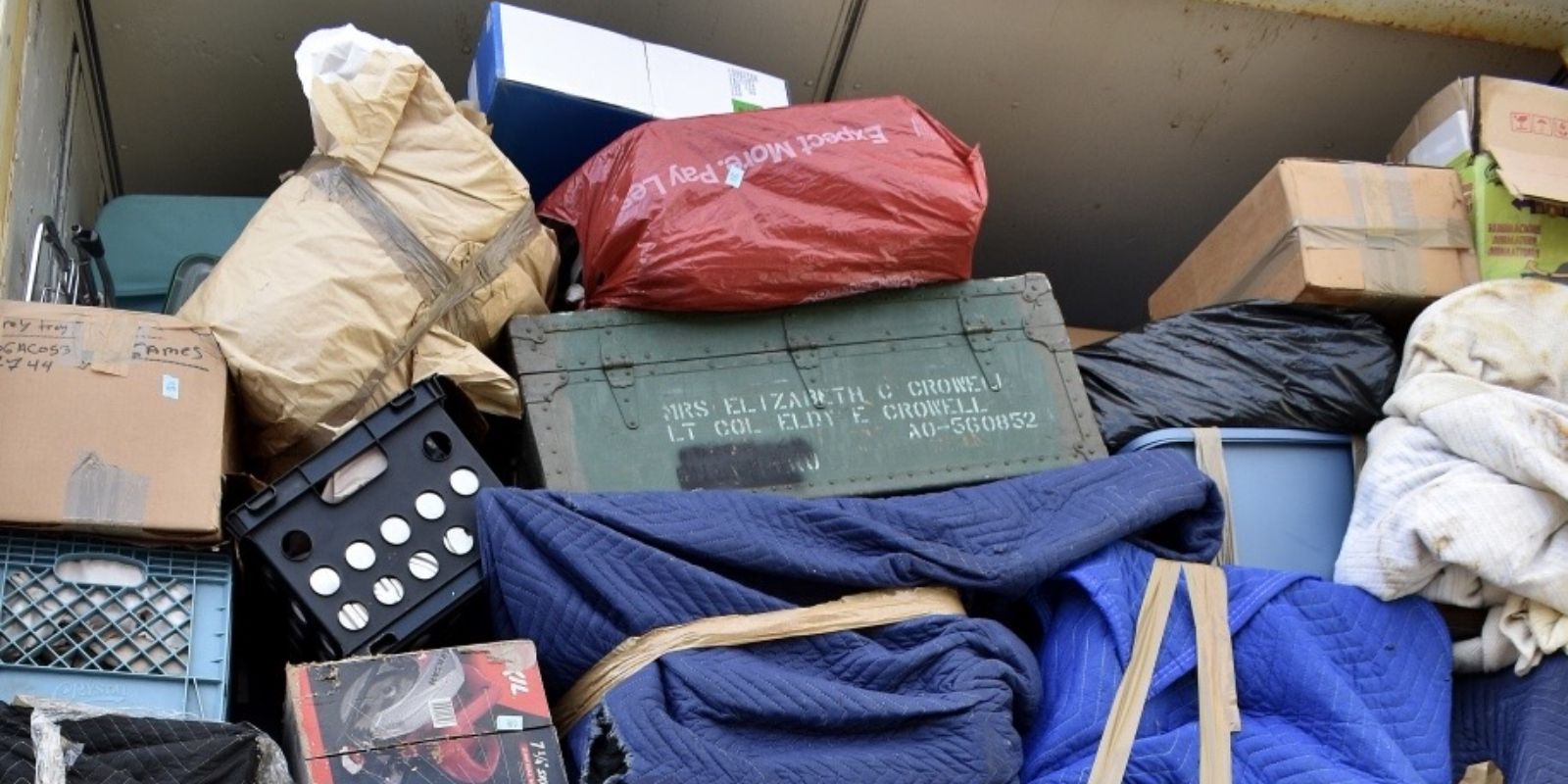MEET THE MILITARY TEENS LEADING CHANGE: RESILIENCE, LEADERSHIP, AND ADVOCACY IN ACTION

ADVERTISEMENT
Every two or three years, military teens pack up their lives, starting fresh at new schools and building new friendships. This generation is not just enduring change; they are driving it. By launching national surveys, mentoring peers, and influencing policy, these teens prove that advocacy and leadership are not limited by age.
Bloom: From Teen Blog to National Movement
In 2020, Elena Ashburn and Matthew Oh, two high school juniors from military families, created Bloom: Empowering the Military Teen. What began as a small blog for military kids to share their stories is now a nationally recognized youth platform partnered with the National Military Family Association (NMFA).
Bloom’s Military Teen Experience Survey, with thousands of responses, reveals real life between duty stations: Over 80% struggle with school transitions, 42% face mental health challenges, and one in five feels stigmatized as a “military kid.”
Now, these numbers appear in briefings with educators, commanders, and policymakers, proving teens can make the system listen.
Bloom also created The Field Guide for Military Teens, an illustrated resource for teachers and communities to support youth through deployments and transitions. Its success shows the best advocates are those living the experience.
Nobody Prepared You for Military Life
But we can help. Join over 100k spouses already getting the specific advice, resources, and military tea they need to thrive.
The Student 2 Student Ambassadors: Making Every Move Easier
Across the country, Student 2 Student (S2S) teams help new students feel at home from day one. Teen ambassadors lead campus tours, pair with new arrivals, and plan 'welcome weeks' so no one eats lunch alone. Their methods could inspire wider school district changes, like credit-bearing mentorship electives that make peer support sustainable and scalable.
Schools such as Burkburnett High School and Burkburnett Middle School in Texas have received recognition as S2S Teams of the Year for their effective approaches to fostering belonging and retention. Their efforts are associated with stronger academic performance, fewer disciplinary incidents, and students who are more connected and engaged.
Hidden Helpers: Shining a Light on Caregiver Kids
Not every military child’s challenge ends when a deployment does. Many become part-time caregivers for wounded, ill, or injured parents, and until recently, their voices went unheard.
The Hidden Helpers Coalition, a collaborative effort between the Elizabeth Dole Foundation and White House Joining Forces, amplifies the voices of the 2.3 million youth caregivers. Teen advocates like Avarie now put names and faces to once-hidden stories.
These stories have led hospitals, schools, and DoD programs to adopt family-centered care models influenced by young people living these realities.
Operation Homefront’s Military Child of the Year: Service in Action
Each spring, Operation Homefront honors seven teens, one from each service branch, who exemplify leadership, resilience, and community impact. The 2025 honorees volunteered 3,400+ hours and endured 283 months of deployment. Their stories redefine strength in uniform families.
- Sophia Pinero (Air Force) leads JROTC projects at Ramstein Air Base, teaching STEM and ceremony precision while lifting morale across her overseas community.
- Isabella Smith (Marine Corps) built peer-support and civic programs in Hubert, North Carolina, ensuring no military student goes unseen.
- Mason Mosher (Navy) balanced caregiving for both parents, completed a bachelor’s degree, and volunteered 900+ hours for the Navy-Marine Corps Relief Society.
- Emily Baldeosingh (National Guard) turned loss into mentorship, volunteering hundreds of hours and advocating for underrepresented Guard families.
The work of these teens extends beyond headlines; it creates lasting connections for every family who follows in their footsteps. Nominations are currently being accepted through December 2, 2025, for next year’s Military Child of the Year.
ADVERTISEMENT
Military Kids Keeping Joy Alive
For Guard and Reserve families, deployment can isolate children. Our Military Kids fills the gap by funding sports and music lessons for kids of deployed or injured service members.
While these microgrants may seem small, they keep kids engaged in activities that offer stability and joy during times of uncertainty. The organization’s Courageous Kids profiles demonstrate that wellness depends not only on healthcare but also on connection, confidence, and continuity.
Why This Advocacy Matters
The military community has long focused on supporting service members, but these teens demonstrate that the family also serves and leads. Every program, survey, and youth-led effort reflects a new narrative: this generation wants partnership and the power to create solutions, not just support.
For those outside the military, think of 'family readiness' as ensuring any family thrives despite challenges, just like a safety net for life's surprises.
When teens develop solutions, they do not focus solely on policy—they prioritize people. This shift is moving military life toward a more human-centered approach.
How MilSpouses Can Help
- Invite them in: Invite Bloom writers, S2S ambassadors, or MCOY honorees to share their perspectives at spouse clubs, FRG meetings, or installation events. Their voices add depth to any discussion about family readiness. Encourage a two-way exchange of insights, reinforcing partnership and fostering mutual understanding.
- Use their data: Use Bloom’s research and Hidden Helpers data to strengthen your case when advocating to schools, Congress, or leadership.
- Fund their ideas: Offer microgrants, sponsor creative projects, or provide supplies to support teen-led welcome events and mentorship.
- Nominate them: Nominate outstanding youth for Military Child of the Year honors and highlight their efforts in local media.
- See the caregivers: When you meet a youth caregiver, recognize them, refer them to Hidden Helpers, and ensure schools and FRGs connect them for support.
From Ramstein to Camp Lejeune and every zip code in between, military teens are turning quiet endurance into organized advocacy. They are the pulse of a new movement that refuses to let sacrifice go unseen or unheard.
For military spouses everywhere, the clear message is this: our teens aren't just resilient; they are powerful catalysts for change within our community and beyond.
And they’re not waiting for us to lead the way.
Suggested reads:

BY NATALIE OLIVERIO
Veteran & Senior Contributor, Military News
Natalie Oliverio is a Navy Veteran, journalist, and entrepreneur whose reporting brings clarity, compassion, and credibility to stories that matter most to military families. With more than 100 published articles, she has become a trusted voice on defense policy, family life, and issues shaping the ...
ADVERTISEMENT
ADVERTISEMENT
ADVERTISEMENT



